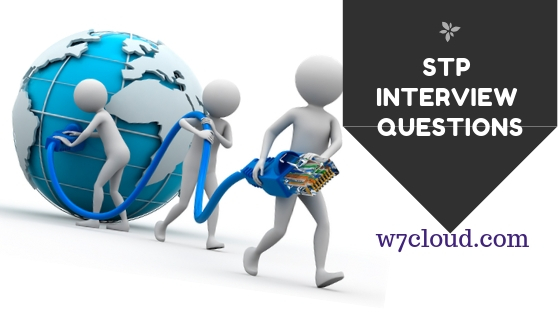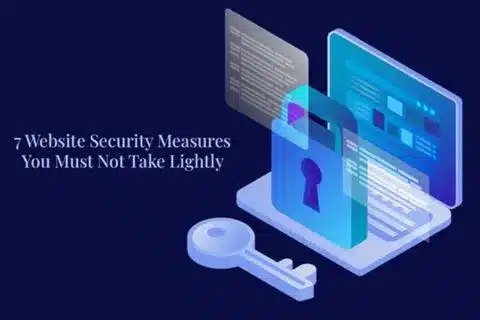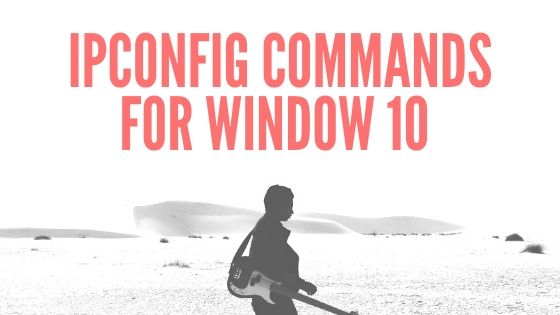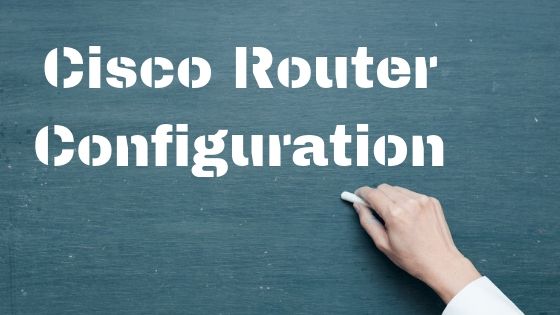
STP Interview Questions:
Spanning Tree protocol is a very important concept to understand in Networking Field. This article is related to “STP Interview Questions”. Here are some most important questions and answer related to STP (Spanning Tree protocol). And these are very helpful for your networking related job interviews.

What is STP used for?
STP is stands for “Spanning Tree Protocol” and is a Layer-2 protocol that runs on bridges and switches. STP help you to avoid loops in networks and ensure that you do not create loops when you are creating redundant-paths in network. If there is a Loop in a network then it will results the stoppage of communication in networks.
Why do we need Spanning Tree Protocol?
The STP is a very useful protocol that is used to eliminate loops in Ethernet switched in LANs. STP avoids loops and related to network outage by blocking redundant-links across the network. Also it makes the redundant links operational if the main link go down or fails.
What is Root Port in Spanning Tree Protocol?
IF A Switch with multiple paths to reach the Root-Bridge, it must select one path and the associated port as the Root-Port.
What are basic rules of Spanning Tree Protocol?
- Switch with lowest bridge ID will becomes the Root-Bridge, however (Priority:MAC Address)
- Every non root Switch should have 1 root-port which is the port having lowest path_cost to Root-Bridge.
- All ports on Root Bridge are designated Ports.
- Each segment should have 1 Designated-Port
- All root-port and Designated Ports will be in forwarding-state and all other ports will be in blocking state.
What is Difference between STP and RSTP?
RSTP (Rapid Spanning Tree Protocol) is much faster as compare to STP. It can complete a convergence in seconds. While the STP, convergence can take up to a minute or more to complete in a large-network. Which can results in the loss of connectivity between different parts of the network during convergence-process, and the subsequent lost of data-packets. RSTP enables STP Root Ports and STP Designated Ports to change from the blocking to forwarding port state in a few seconds. while the STP follows 5 states to avoid loop in network which are
- Disabled State
- Learning state
- Listening state
- Blocking state
- Forwarding state
What are the BPDUs in STP?
BPDUs (Bridge Protocol Data Units) are the messages, which are the send by the each switch in network with information based on this assumption. Because every switch in Ethernet network initially believes it’s the root-bridge, and switch sends-out spanning tree protocol configuration in form of BPDUs messages. These BPDU-messages include the following info:
- Root-bridge ID. At the start very switch assumes himself as root bridge, and root bridge ID initially will be the switch’s local bridge ID.
- Root path cost. The best path or cost to root-bridge. Because every STP switch believes it’s root-bridge, this cost initially will be 0.
- Max age. Amount of time for which a BPDU is considered valid. by default, this is 20 seconds.
- Sender bridge ID. The sender bridge id is the local switch’s bridge ID.
- Port ID
- Hello time. By default, 2s with IEEE 802.1D.
- Forward delay. Amount of time spent in the listening & learning states, by default this timer is equal to 15 S each.
What is STP Path-Cost value for different bandwidth?
The STP Cost-Value is inversely proportional to bandwidth of the link and therefore a path with a low cost. Different values for different bandwidths are as following
10 Gbps = 2
1 Gbps = 4
100 Mbps = 19
10 Mbps = 100
Explain types of STP Port Roles?
Root port: The root port is port, which always has a link directly connected to root bridge, or the shortest path to the root bridge. It is always on Non-Root Bridge.
Forwarding port: A port which forwarding frames is known as forwarding port.
Designated port: All ports of Root Bridge are Designated Port and a designated-port is a port which has been determined as having the lowest cost. A designated port will be marked as a forwarding port. It can be on both Root Bridge & Non Root Bridge.
Blocked port: A blocked port is used to prevent loops and didnt forward any thing. It only listens to BPDUs. Any port other than Root port and Designated port is a Block Port.
What is Root Guard?
Root Guard is a interface feature used to protect the root-bridge. As you know that a switch with lowest bridge ID can become root bridge. So an attacker can add a such switch in your network & can disturb your network. But if a port enabled with root guard received a superior BPDU, it move the port into root inconsistent status thus maintaining the current root bridge,
Thank you for reading this. You can add STP Interview Questions, face by you in your interview in comments.
Complete Guide on Cisco Router Configuration | Beginners Tutorial













